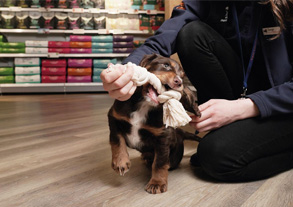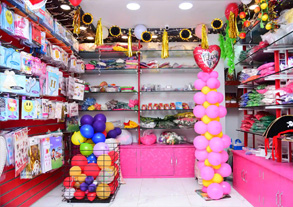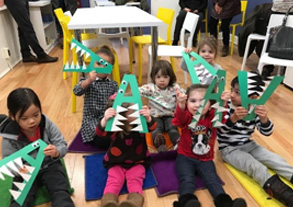Located in the heart of Tamar Valley, the Beaconsfield Mine & Heritage Centre beckons history buffs and curious explorers alike. This vibrant centre isn’t just a museum; it’s a portal to the past, offering an immersive experience that brings Beaconsfield’s rich heritage to life.
From Humble Beginnings to Thriving Tourist Hub
The Centre’s story began in 1972 when the West Tamar Historical Committee set out to preserve the region’s cultural and industrial legacy. Their vision materialised in 1984 with the opening of the Grubb Shaft Gold and Heritage Museum. Over time, the museum flourished, attracting visitors with its collection of historical artefacts. In 2008, it adopted its current name, the Beaconsfield Mine and Heritage Centre, reflecting its broader focus on the town’s history. Today, the Centre boasts over 40,000 visitors annually, a testament to its captivating blend of education and entertainment.
Unearthing the Treasures of the Past
Step inside the gold mine centre, and prepare to be transported back in time. Interactive displays abound, transforming you into a participant in history. Buttons beckon to be pushed, levers yearn to be pulled, and tunnels whisper secrets waiting to be discovered. It’s a treasure trove for the young and the young-at-heart, where history ceases to be a dusty textbook and becomes an engaging adventure.
The Beaconsfield Gold Rush
The Centre delves deeply into the town’s golden era. The discovery of gold in 1847 ignited a mining frenzy, forever shaping Beaconsfield’s character. Learn about the prospectors who toiled away in search of riches, and the engineering feats that made it all possible. A dedicated section explores the renowned Tasmania Reef, a testament to the region’s mineral wealth.
The Diprose Collection
History enthusiasts will be enthralled by the Diprose Collection, a remarkable display of steam engines and machinery. Thomas Diprose, a local resident, dedicated himself to preserving Tasmania’s industrial heritage. His collection, meticulously restored and partly on loan from the Diprose family, serves as a living reminder of the ingenuity and resourcefulness of bygone eras.
Guided Tours and Special Events
The Beaconsfield Mine and Heritage Centre offers guided tours tailored for all ages and interests. These informative tours, led by passionate volunteers and staff, bring the stories of the past to life. Explore the iconic headframe, delve into the extraordinary world of gold mining, and learn about the social and industrial heritage of the region. For those seeking an independent exploration, self-guided tours are also available.
A poignant highlight is the exhibition dedicated to the dramatic 2006 mine rescue mission. This event, where two miners were trapped underground for a fortnight before a successful rescue, captured hearts worldwide. The Centre’s portrayal of this story evokes the courage and resilience of the human spirit.
Planning Your Visit
Bookings: They accept all student, seniors and pensioner cards including companion cards. For group bookings of 10 or more please phone (03) 6383 1473 or email beaconsfield@wtc.tas.gov.au.
Opening Hours: The Centre is open every day from 10am to 4pm. They are closed on Christmas Day & Good Friday
While most areas are wheelchair accessible, some limitations exist. The Centre caters to all needs, offering disabled toilets, guide dog access, and complimentary entry for companions of card-holding visitors with disabilities. Public restrooms and picnic areas are located nearby, making your visit comfortable and convenient. The Centre’s gift shop offers souvenirs to commemorate your exploration, while refreshments are available on-site and local cafes provide a wider range of dining options.










